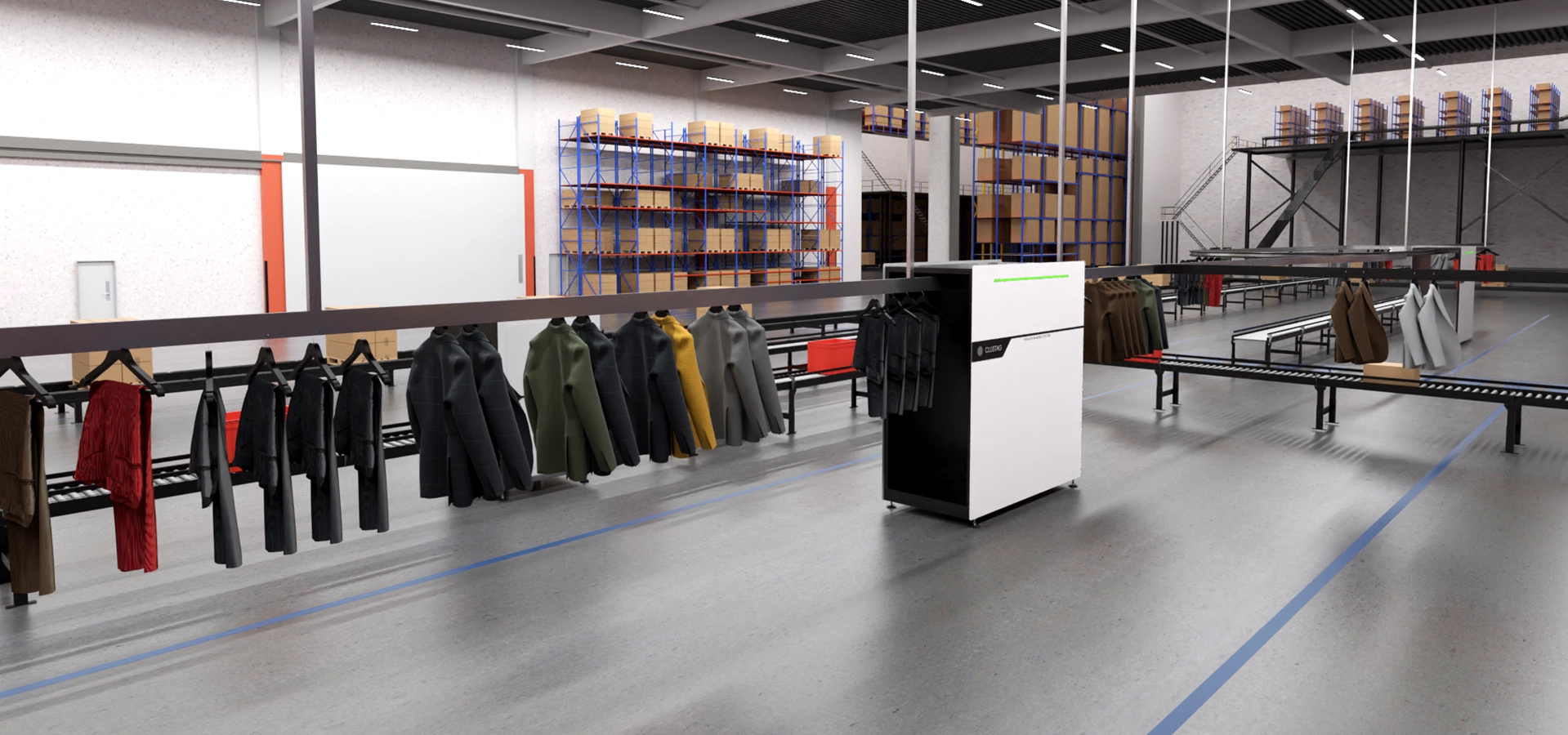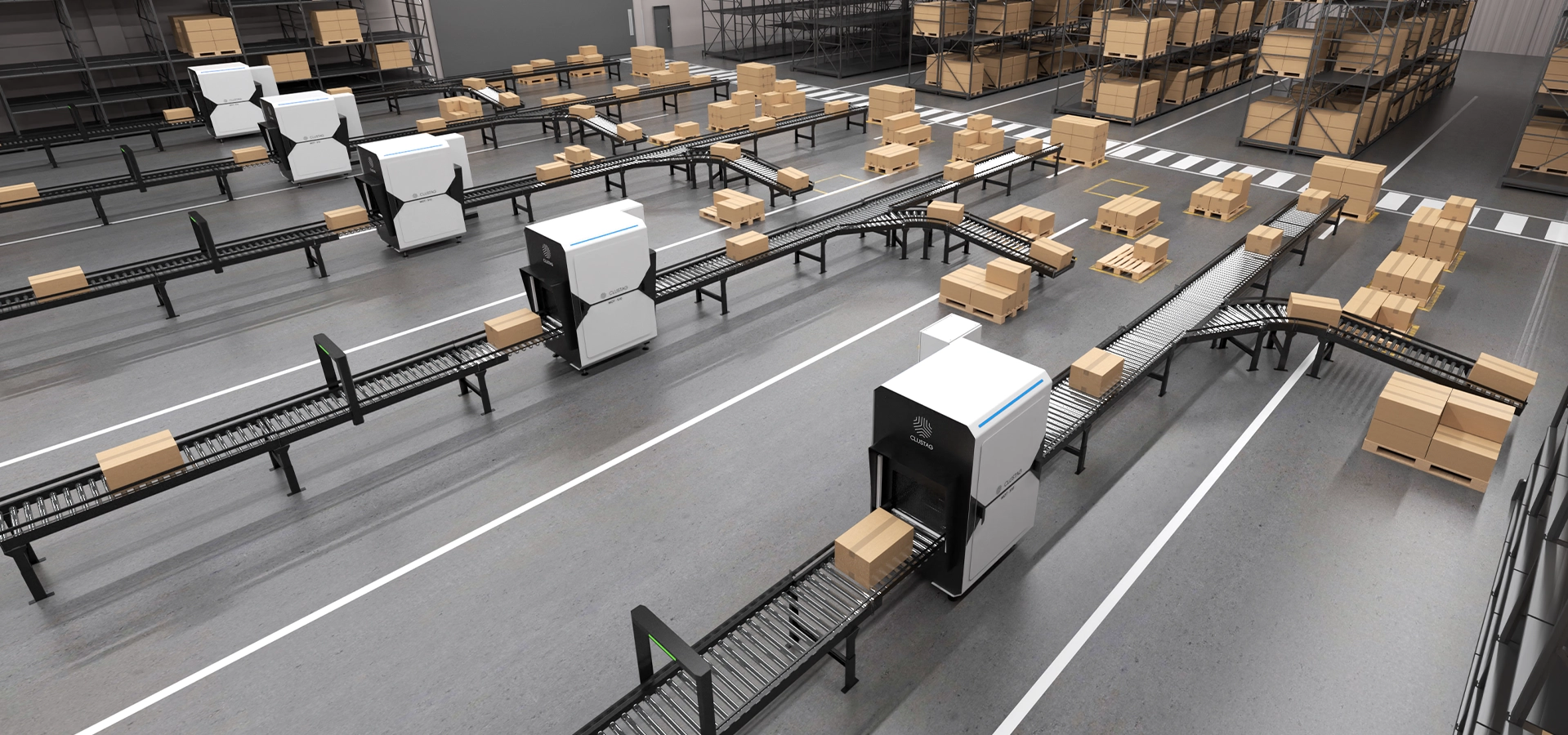
The textile industry is known for being highly competitive and demanding. The user's shopping experience is a crucial factor when deciding which brand to buy, with delivery times, after-sales service and the ease with which products can be returned often being decisive in the consumer's choice. As a result, logistics centers have become one of the key pillars for any ecommerce company in the fashion industry, and the automation of their processes is a necessity.
In this blog post we will explore the main intralogistics challenges facing the textile industry, the benefits of process automation and the latest trends in logistics automation in the fashion industry.
The challenge of logistics in the fashion industry
In recent years, the textile sector has become more competitive and demanding due to the growth of ecommerce. Fashion brands that sell online must be prepared to meet the needs of their customers and keep up with the benefits offered by their competitors. Faster and more accurate order delivery, as well as easy returns, are some of today's indispensable requirements. As a result, distribution centers have become the focus of attention for companies.
Warehouse automation has emerged as the solution to meet today's demands. Inherently complex processes such as materials management, inventory control, product delivery and returns management can be simplified. Some of these solutions are:
- Conveyor belts to move boxes from one point to another.
- AGVs for transporting goods without human intervention
- Warehouse robots for automatic conveying, sorting, handling or inspection of goods
- RFID technology to automatically manage inventory and improve product traceability
- Automatic sorting systems

Processes within a warehouse that can be automated for the textile industry
The entire intralogistics process of a fashion company can be automated. In the following we will distinguish between the different stages:
- Order preparation
Efficiency can be improved in this instance by incorporating ergonomic depalletizing and palletizing stations, automatic depalletizing and palletizing, conveyors and sorters or solutions such as pick to light and picking cart.
- Storage
Pallet stacker cranes or pallet shuttles can be used to store textiles and footwear on pallets, as well as other types of stacker cranes and order picking systems to store boxes or bins.
- Transportation of goods
Conveyor belts and robots can be used to move boxes of textile garments from one side to the other.
- Expeditions
Various technologies can be used to automate shipments, such as shuttles, STVs and sorters.
- Receipt of goods and returns
Barcodes are used to identify products and their information in the return process. A barcode scanner allows you to record information about received or returned products accurately and efficiently. This, in turn, facilitates inventory management.
On the other hand, RFID technology can be used for product identification and tracking. By placing RFID tags on products, merchandise movements can be tracked in real time, which helps improve inventory management and control of returns and receipts.
Returns management systems allow customers to report and manage their returns in an efficient and automated manner. These systems can be integrated with warehouse software to automatically record returns information and track their status.
Finally, sorting robots can be used to process large quantities of returns and sort them according to their type, size, condition, etc. This allows for more efficient and faster management of the merchandise, and reduces the need for human labor.
Benefits of intralogistics automation in the fashion industry
Automating intralogistics processes in the fashion industry brings significant advantages for companies. Among them are:
- Increased efficiency and reduced operating costs
- Automating intralogistics processes in the fashion industry reduces merchandise handling times, minimizes human error and increases employee productivity, resulting in a more efficient warehouse with lower operating costs.
- Increased customer satisfaction
- A more efficient process means greater accuracy in order preparation, faster deliveries and greater speed in handling returns, which makes the customer more satisfied with the service provided.
- Traceability and transparency
- Thanks to various technologies used to automate processes in the fashion industry, it is possible to know the status and location of the merchandise in the warehouse, allowing better management of the supply chain and better responsiveness to different events.
- Warehouse space optimization
- The automation of intralogistics processes allows for efficient storage and faster merchandise management. This translates into the optimization of space within the warehouse.
Rielec: leaders in global solutions for logistics systems in the fashion industry
At Rielec we have extensive experience in the fashion and accessories industry, and we offer customized, scalable and efficient solutions for warehouse management and process optimization. We focus on innovation and continuous improvement to always be at the forefront of logistics solutions that meet the needs of each of our customers.
If you want to know more about our automation solutions for warehouses in the textile industry, you can contact us by clicking here.